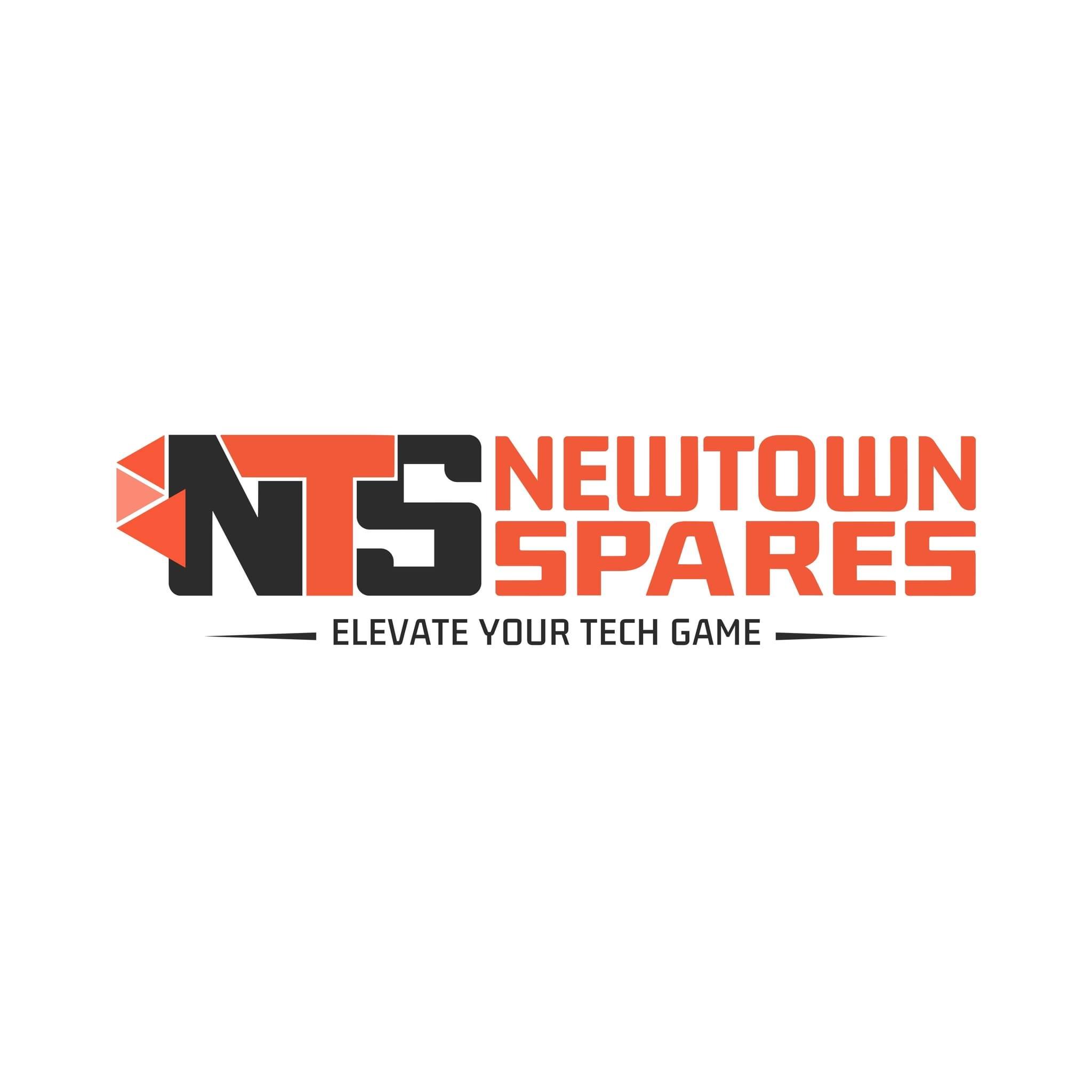Introduction to Server Hard Drives
In the digital age, data is the lifeblood of any business, and how that data is stored can dramatically affect performance, security, and scalability. Server hard drives play a critical role in data centers and enterprise environments, offering the backbone for applications, file storage, and databases. Unlike consumer-grade drives, server hard drives are built to withstand 24/7 operation and high-demand workloads.
Types of Server Hard Drives
There are two main categories of server hard drives: Hard Disk Drives (HDDs) and Solid State Drives (SSDs). HDDs use spinning disks to read and write data and are generally preferred for their large storage capacity and lower cost per gigabyte. They are suitable for archival storage, backups, and workloads with sequential read/write patterns.
SSDs, on the other hand, use flash memory and have no moving parts. This makes them faster, more durable, and less prone to mechanical failure. SSDs are ideal for high-performance tasks such as running databases, virtual machines, or applications requiring low latency.
Interface and Form Factors
Server hard drives come in various interfaces such as SATA, SAS, and NVMe. SATA drives are budget-friendly and commonly used for less demanding storage needs. SAS drives offer higher reliability and speed, making them suitable for enterprise-grade servers. NVMe, the fastest of the three, connects directly via the PCIe bus and delivers superior throughput and IOPS (Input/Output Operations Per Second).
Form factors also matter. The most common are 2.5-inch and 3.5-inch drives. While 3.5-inch drives are typically used for HDDs offering higher capacity, 2.5-inch drives are popular for SSDs and allow for denser storage configurations in server racks.
Key Considerations
When choosing a server hard drive, reliability is paramount. Look for features such as MTBF (Mean Time Between Failures), error correction technology, and drive health monitoring. Capacity and speed must align with your workload demands. For mission-critical systems, investing in enterprise-grade SSDs with redundancy and failover support is recommended.
Another factor is scalability. As your data grows, your storage solution must adapt. Modular systems and hot-swappable drives enable upgrades without downtime, ensuring business continuity.
Conclusion
Selecting the right server hard drives is more than just a choice between speed and storage. It involves understanding your infrastructure, workload, and future growth. Whether deploying high-speed SSDs for real-time processing or cost-effective HDDs for mass storage, the right drive ensures optimal performance and reliability. Investing in the right solution now can prevent costly failures and downtime later.

